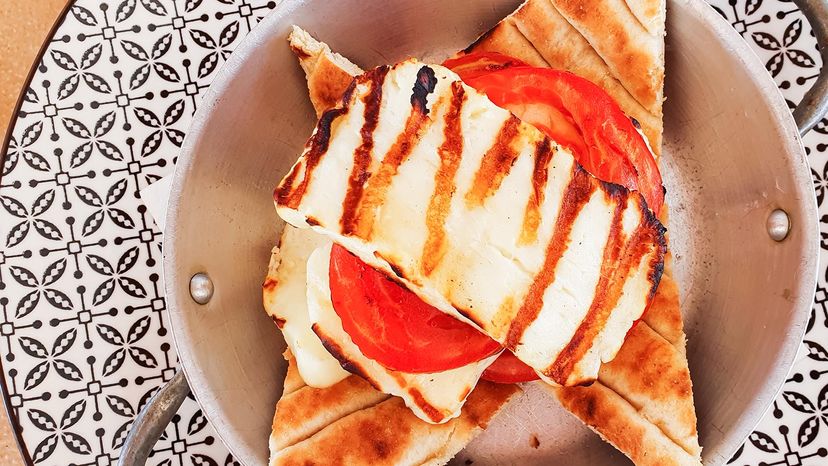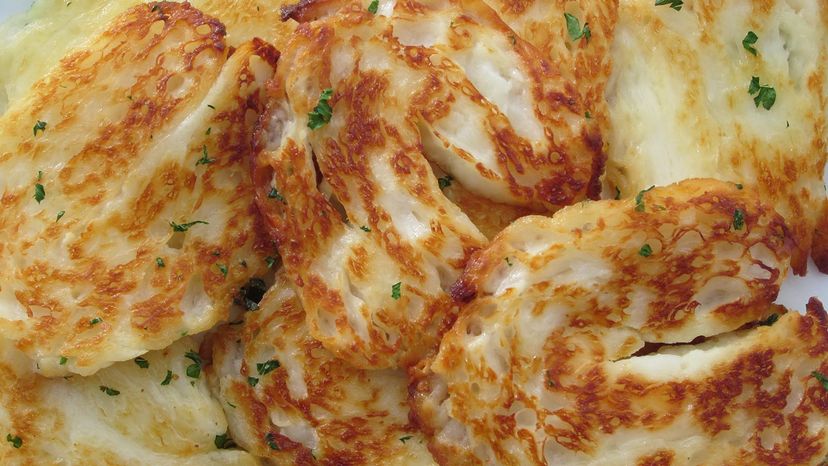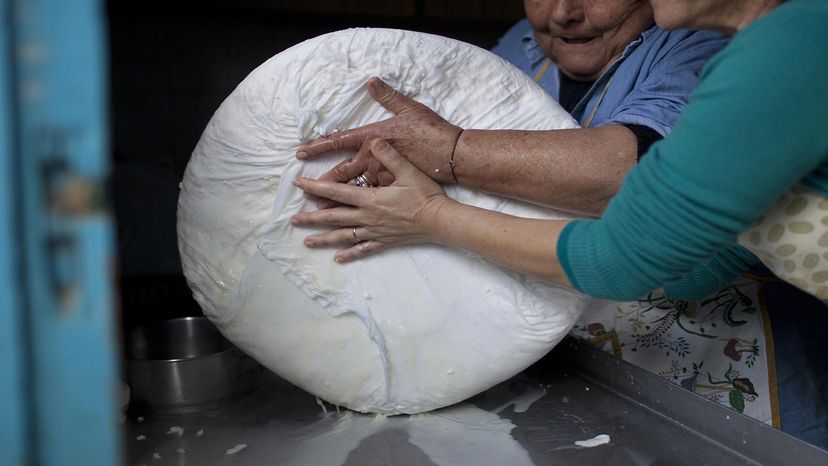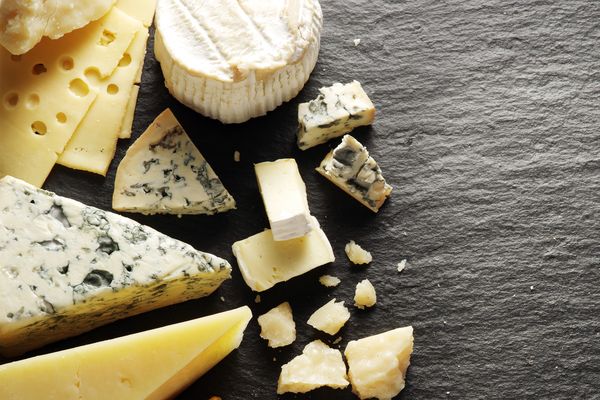For the people of Cyprus, halloumi is more than cheese, it's the country's second largest export. Dairy farmers call it "white gold" as the cheese pumps more than $270 million into the national economy. Halloumi is registered in the European Union (EU) as a Community Collective trademark, which designates the geographical origin of the goods and means no other product can be marketed within EU borders using that name.
For years, Cypriot authorities have tried to get the EU to recognize halloumi as a traditional product of Cyprus. Allowing the "Protected Designation of Origin" (the European Union's mark protecting indigenous agricultural products, foodstuffs, wine and spirits of member countries) would mean only halloumi made in Cyprus could be marketed under that name overseas. The application for the designation is caught up in a dispute in part because it limits the amount of cow's milk that may be used, which could affect exports or lead to job losses.
Fortunately, halloumi is still made, cooked and enjoyed by happy consumers the world over, including Waldeck, who recalled an encounter with a street vendor in the Provence region of France who was grilling halloumi on skewers.
"They would take the skewer of halloumi and put it in a pita pocket and slide the halloumi off the skewer," she said, "Then, instead of lettuce, they'd put a handful of fresh herbs in the pocket, and drizzle it with olive oil. The pita was warmed on the grill. It was so wonderful. For a euro you could buy a plastic cup of Rosé. It was the perfect lunch."




